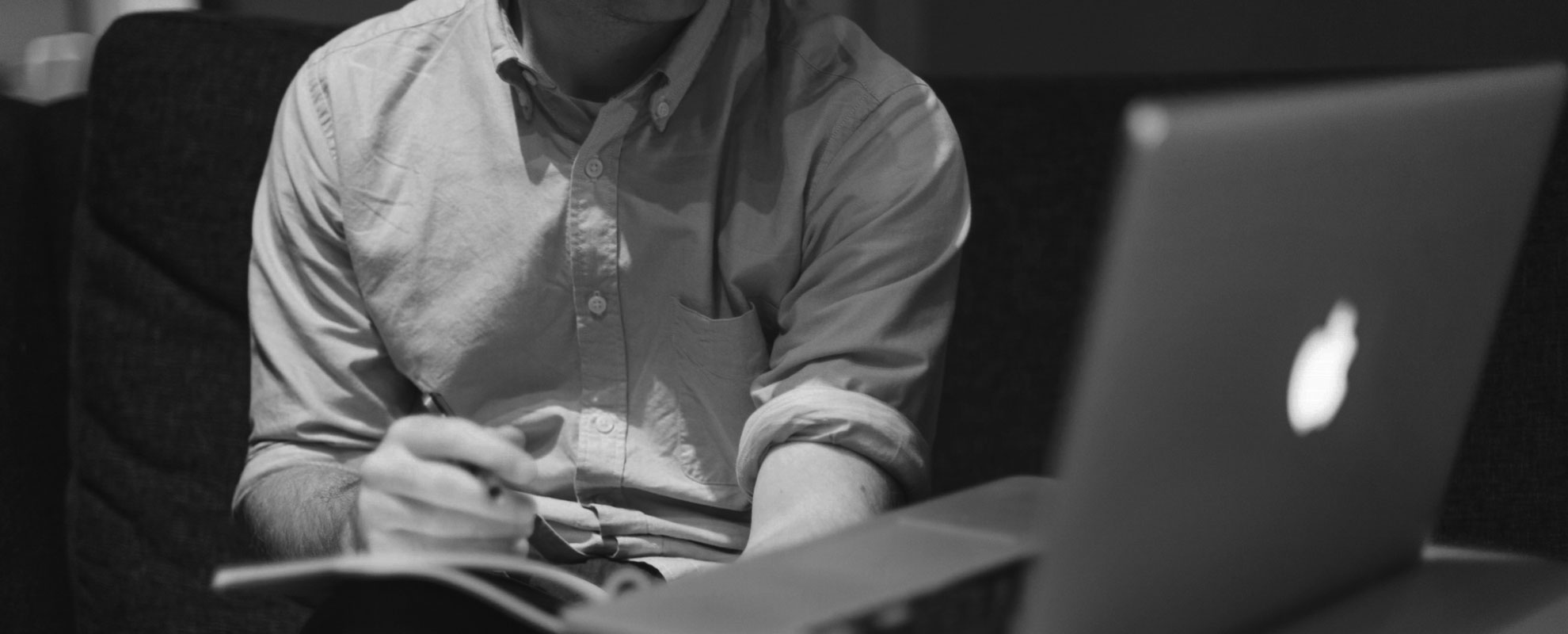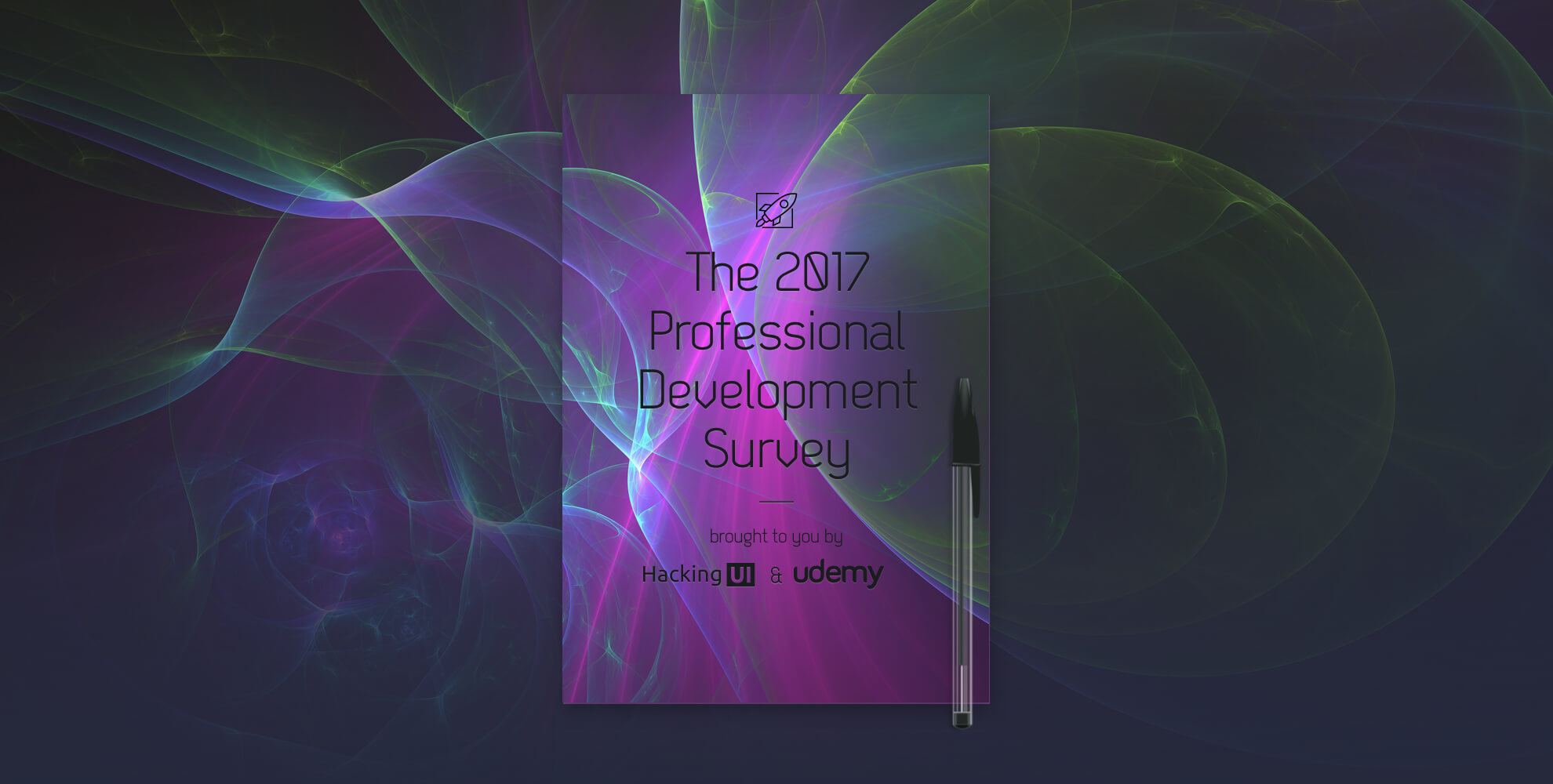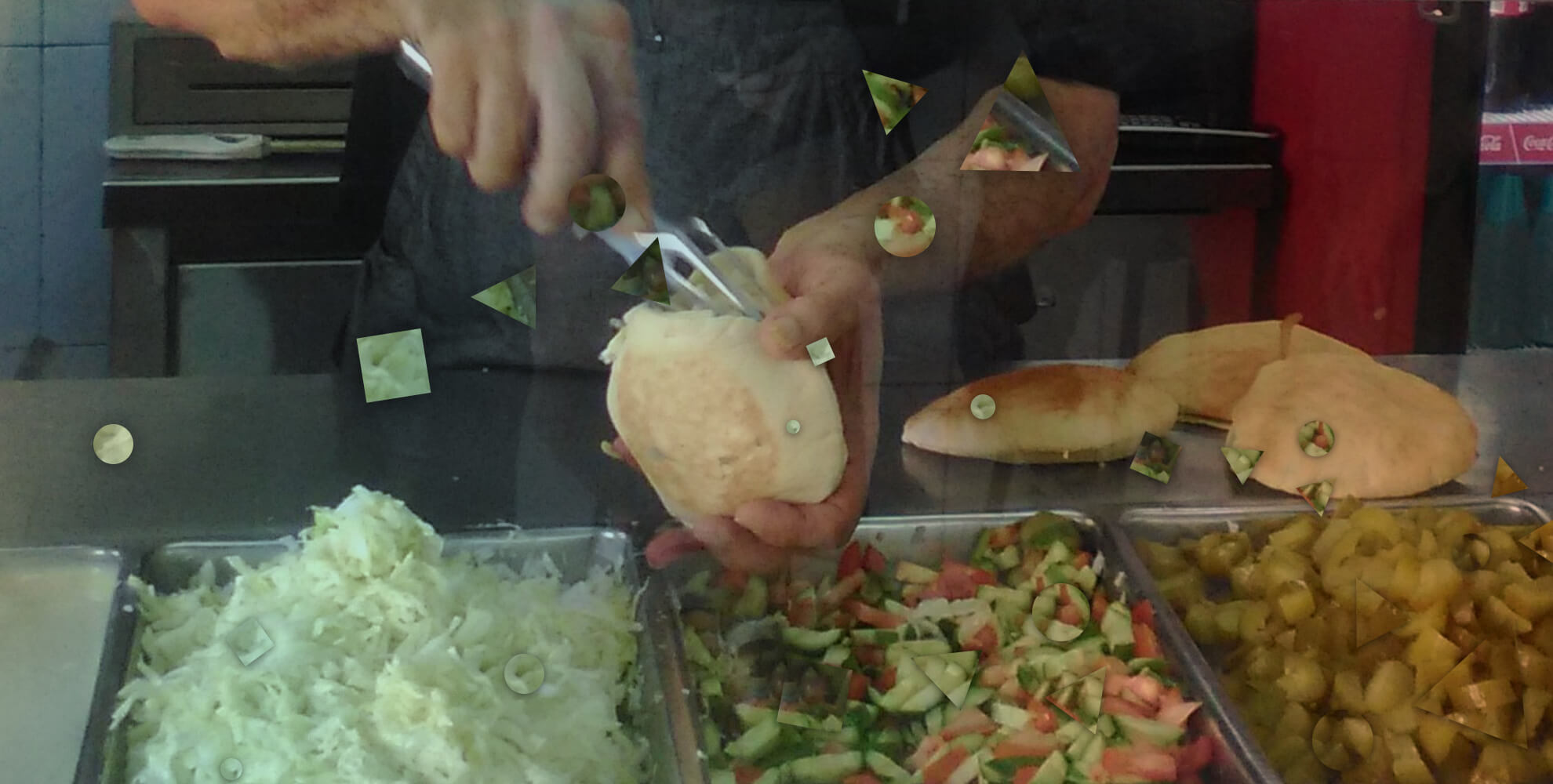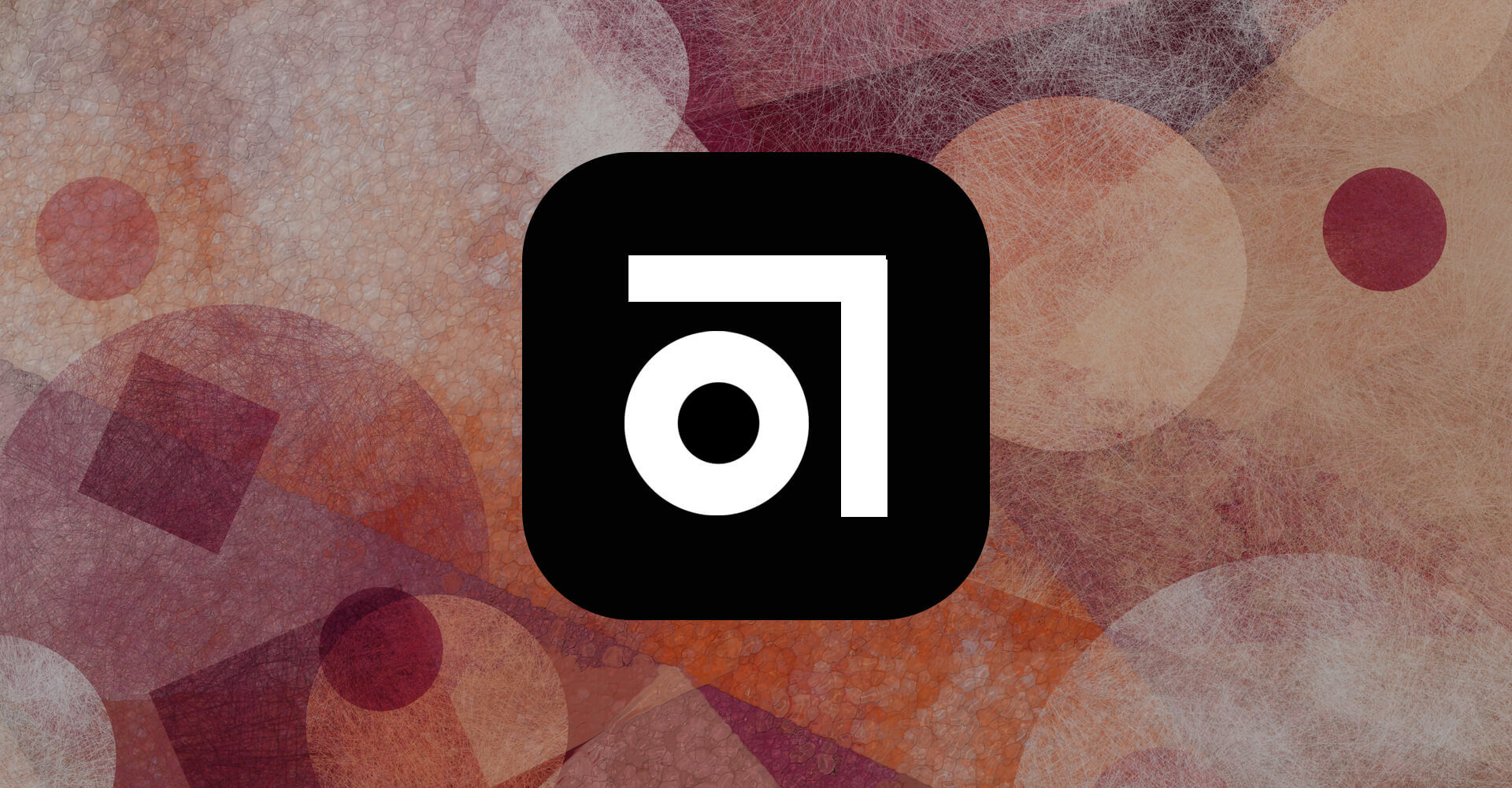For the past 5 years I have worked for several design studios and digital agencies designing mostly for startups and entrepreneurs on products ranging from small and niche apps to entire cyber security systems.
It was a lot of fun and I learned a lot but the main goal for most of the projects seemed to be making the client happy with eye catching designs. At the end of the day, internal success was measured predominantly by handing the product off in a timely manner while making sure that we didn’t exceed the amount of hours the client was billed for.
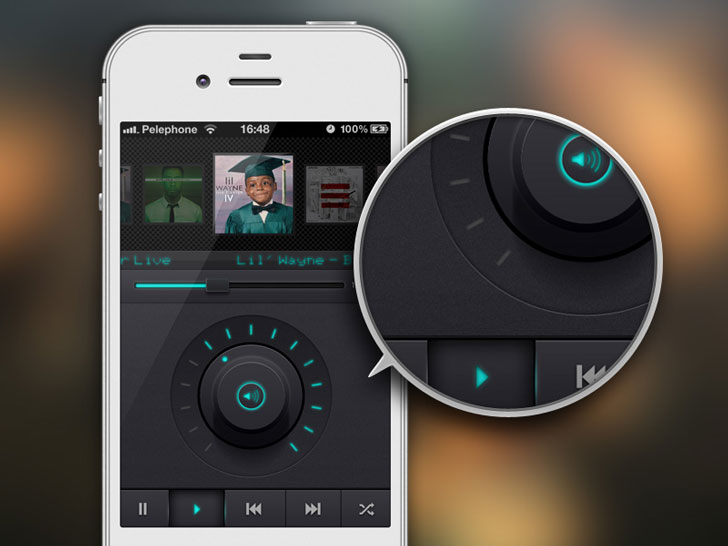

I personally love spending hours on pixel perfect designs and I am not ashamed to say I was a big fan of skeuomorphism; I still kind of hope it will make a small comeback. Yet, I felt that something was missing. I was basically designing in a bubble, and as fun as that is, it didn’t feel “real”.
The fact that the design of a product could be “done” was a false assumption.
So what was I missing? Well, user feedback.
I was so obsessed with every little detail in my designs that i didn’t even really care too much if they worked, and I rarely got to see anyone actually use them.
A few times I even sacrificed the usability a bit to keep the design looking as nice as possible, knowing that I wouldn’t be dealing with user feedback.
However, I wanted to learn and grow as a designer, and what I thought would help me most was actually following up on my designs and seeing if what I made worked and didn’t just look good on Dribbble.
The way to achieve this seemed obvious:
Work on a single product.
I had 2 options, open my own startup, or work for an existing one. For the lack of a good idea or any seed money, I chose the latter.
It wasn’t an easy decision but i quit my job at the design studio and went to work for SimilarWeb, a very cool startup that measures the digital world. I would be able to work on their product and hopefully improve while getting constant feedback on every click that a user or a potential user made.
I knew I wouldn’t have tons of time to work on my designs anymore and they might not even all be deemed Dribbble worthy, but I was ready for the challenge.
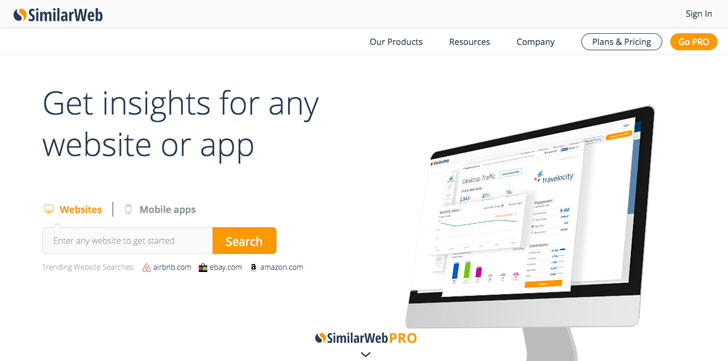

The first project that I worked on was pretty stressful. There wasn’t enough time to go through my usual process and tons of people had to approve everything. What I would hear a lot when asking for more time was that we have to deploy it now and worst comes to worst we can fix it later. I was not used to releasing anything before it was pixel perfect.
When I used to design products for clients, many times they never even made it to the hands of users, and if they did I didn’t have access to the data or to the users. And now that I’m working on a product with real users, there doesn’t seem to be enough time to play around with every pixel.
And that’s when the question hit me.
Does design even matter?
Well of course it does, just not in the same way that I thought it did a few years ago.
It’s not that we don’t appreciate and want good design or know how important it is, it’s just that there are so many other more important things than making sure every pixel sits exactly where it should. It seemed to me that was actually the least important thing in the whole process.
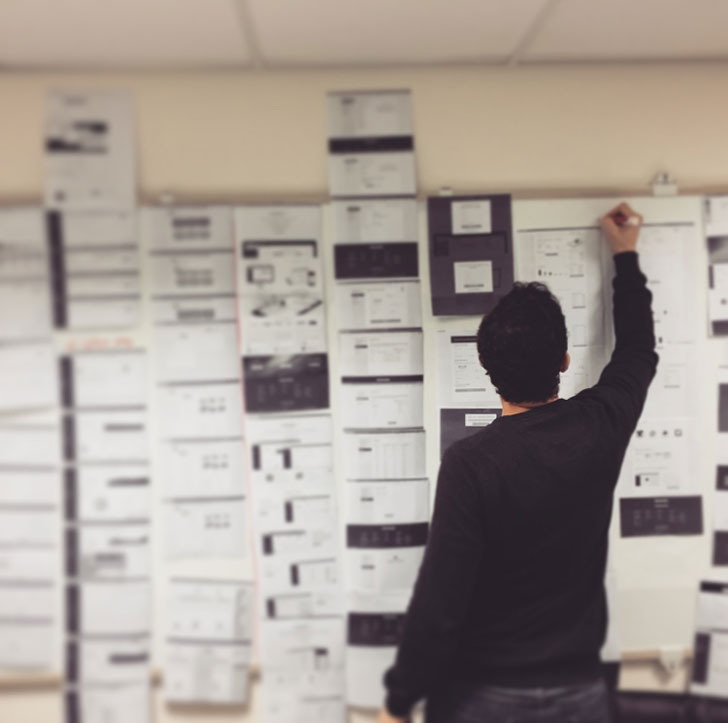

The first feedback we got from the design was that the conversion had dropped a bit, I had never been so happy. Not from the fact that it had dropped, but because I was finally getting some real time feedback on what I designed, and any feedback in this case is good feedback because now we can fix it. And we did.
So, what did I learn from all this?
First of all, that design is still very important. I doubt any self respecting company would beg to differ.
Design is way more than just looking good, is has to be functional while making an emotional connection between the brand, the product and the user.
We get compliments on our UI all the time, not because it’s the most important thing but because that’s what users notice first when using our products and most users don’t even notice all the other important work that goes into building our products when it’s done right.
After working on a few more projects and becoming more familiar with the process of working on a dynamic product I became more excited about the place design sits within the entire process.
I now better realize and see first hand that a product can’t be based predominantly on design, as beautiful as it is. That doesn’t mean we shouldn’t always aim and push for the best design possible, but there are many other things to take into consideration when working on an existing product with lots of features that has to evolve constantly to stay relevant. You have to release and test new features as fast as possible and not waste time on making them look pixel perfect.
Even if that’s all you want to do as a designer.
——–
This was a guest post by Noam Liss, Sr. Product Designer at SimilarWeb. Be sure to follow him on Twitter and Dribbble for more insights and inspiration.

